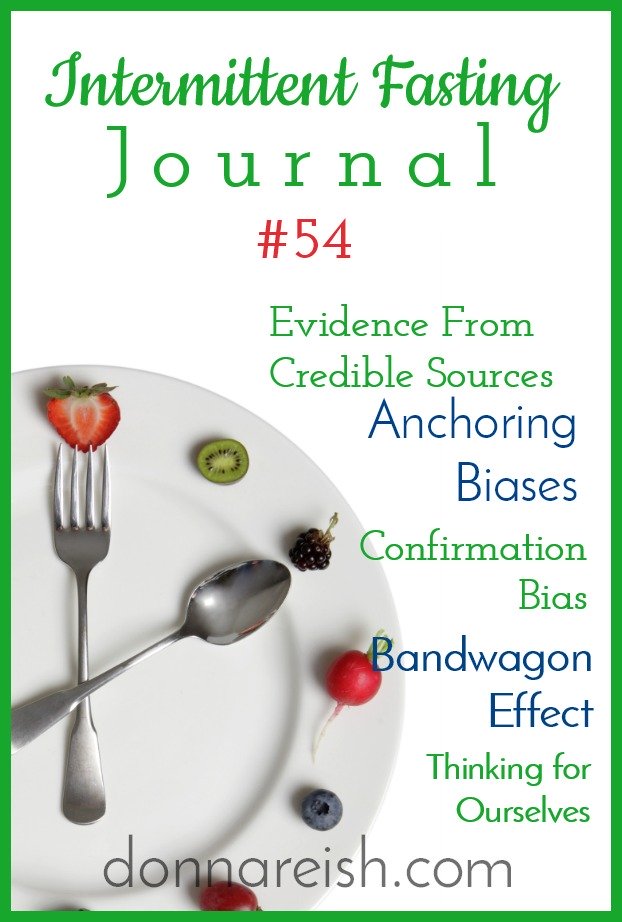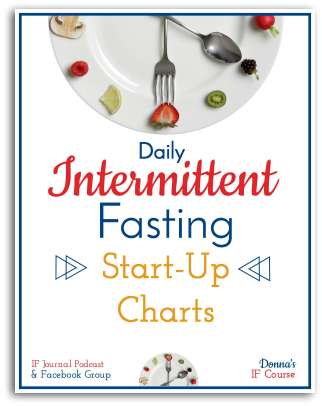
Broadcast #55: Make a Relationship Better by Tomorrow (Or…What Does Learning Pickle Ball Have to Do With Our Thoughts and Marital Harmony?)

Are you getting tired of me telling you that you can control your thoughts–and that if you do control your thoughts, you will change the actions you take?
(Have you been following the thoughts and Emotional Eating five part series in the private FB group? Join and search Emotional Eating and the Model to see all the videos!)
Well….I hope you’re not too tired of it because I have a broadcast for you today that spells it out so clearly in a recent example in my marriage—our Pickle Ball Learning!
Yep…something as simple as learning pickle ball can cause us to think negative thoughts about people–and respond negatively to them!
Or we can control those thoughts and make the relationship better IMMEDIATELY!
How cool is that? That we have the power to make a relationship better by changing our thoughts?
I love this so much!
I have so much weight loss, fasting, fitness, cravings, and more to share with you…
But I am learning as I near the end of my weight loss and get ready to move into weight management—that so much of weight loss and weight management is truly in the mind.
Control the mind–and we will control the weight much better.
So let’s start today…with a pickle ball game…
And then we will carry it over to weight loss!
I have a thorough outline for you (you’re welcome—you know I love my outlines!). Enjoy–and think good thoughts!
A. Pickle Ball!
1. Watched Youtube videos
2. Ray Baby told me 543 times (okay, 543-500) how to do it while we played
3. Yet we still kissed every time we switched sides on the court!
B. Why?
1. Because our thoughts lead to our actions
2. Each time Ray Baby told me what to do, how to hold the racket, how to serve, and how to correct my mistakes, I was free to think anything I wanted…..
a. “Why does he keep telling me what to do? It’s not like he’s a Pickle Ball champ!”
b. “He is so helpful and kind. He always gives good advice. I love it that he wants me to improve so we can enjoy it more!”
3. What I thought each time he “coached” me would determine my actions next
a. Why does he keep telling me what to do—my actions would be anger towards him, discord, and unhappy game
b. He wants to help me so we enjoy it more—my actions would be kindness and gratefulness towards him; unity; and happy game.
C. Why Do I Have to Think These Thoughts If He Doesn’t Towards Me?
1. First of all, thankfully, we’ve been in this together long enough that he does too—we are both willing to think the thoughts and have the actions that lead to our marital joy
2. My kitchen instructions
3. What if he doesn’t do it too?
a. Does that make my thoughts and actions any different?
b. I have complete control over how I think, feel, and act in situations—and it isn’t based on what he does!
c. His thoughts and actions have no bearing on mine
D. You Can Be Right or You Can Be Happy
1. Doesn’t happy feel better than right?
2. Every time we do something petty (like respond negatively in pickle ball), we are making the choice to be right—and it never leads to happiness
a. Leads to drama
b. Leads to discord and disunity
c. Takes time to get back to where you were—and it wasn’t necessary at all!
3. Every time we do something like the “high road” (like respond positively in pickle ball), we are making the choice to be happy—but not right
a. Leads to unity
b. Leads to a continuation of love and joy in the relationship instead of going backwards over something that is absolutely not worth it!
E. We Were Taught This Forever
1. “Golden Rule”
2. “Put others before yourself”
3. “Think on these things”
4. “Take ever thought captive”
5. But for years I applied it to my life in terms of “the right thing to do”
a. It’s way more than the right thing to do
b. These thoughts and actions lead to true happiness and unity
c. These thoughts lead to a peace and harmony that you will never get “being right”
F. If Thoughts Lead to Actions…
1. We choose what we want to think
a. Stop saying “I can’t control it”
b. Start slowing down and purposely thinking a better thought
2. We think—then we act Period.
3. Thus, we can see our action (cold shoulder, animosity, fighting) and go backwards….
a. If we don’t like our actions, we must change our thoughts
b. Take the negative action and trace it back to the unhelpful thought
c. They are directly and fully linked
4. You can do this NOW! You can have a different relationship with someone tomorrow by thinking differently
a. Stop blaming
b. Stop trying to be right
c. Take 100% responsibility for the relationship—regardless of what the other person does
d. It might be hard…but it gives way more joy than the other options!
G. Learn More About “Good Thoughts Living”
1. https://donnareish.com
2. Donna’s Intermittent Fasting Group


















